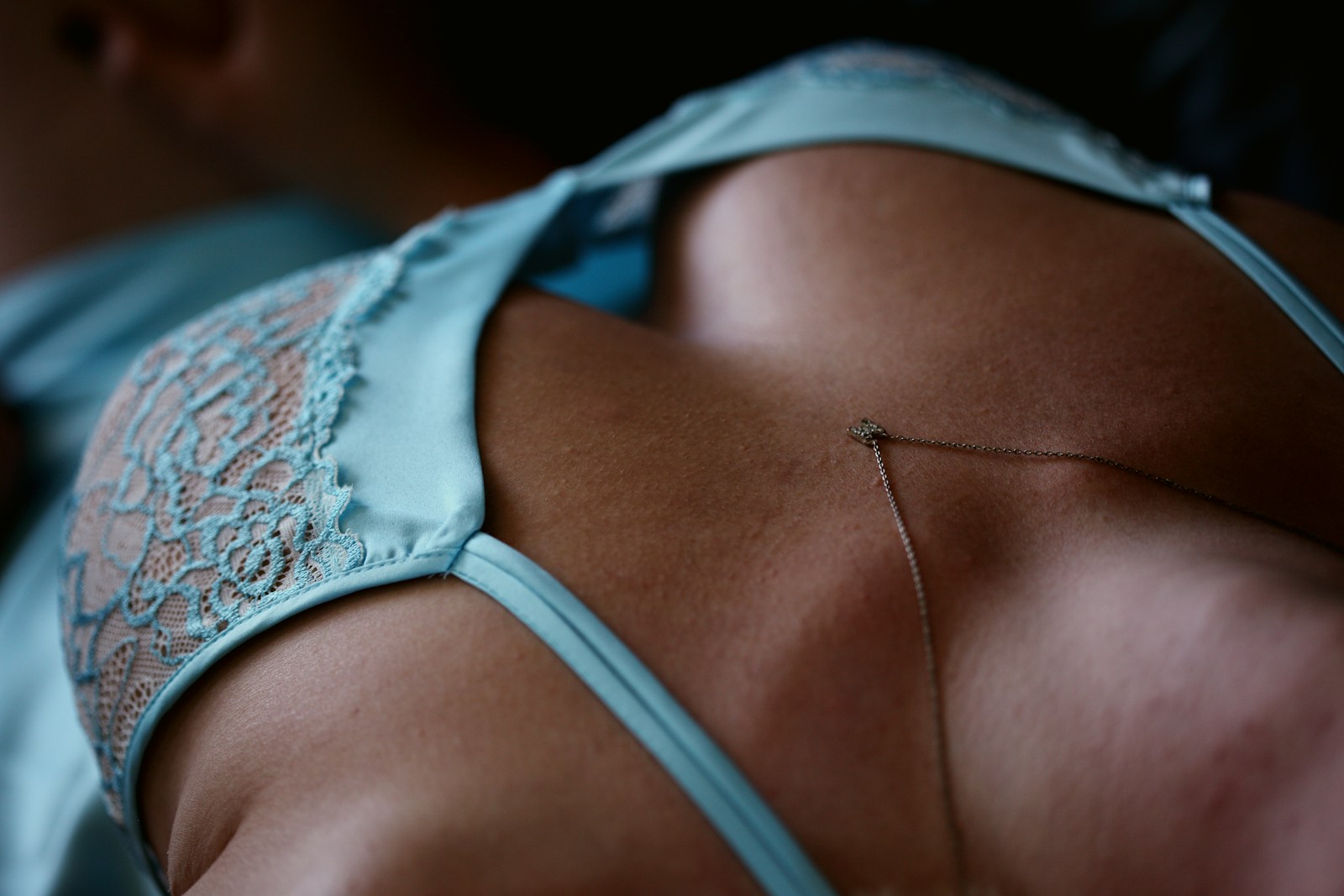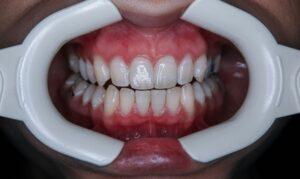Breast sagging, or ptosis, is a natural process that occurs as women age, and it is influenced by a variety of factors including genetics, pregnancy, breastfeeding, weight fluctuations, and gravity. A common question that arises in discussions about breast care is whether wearing a bra while sleeping can prevent or cause sagging. There are many myths and misconceptions surrounding this topic, with some believing that sleeping in a bra can prevent sagging by providing support, while others argue that it may contribute to sagging by weakening the breast tissue. This article aims to explore the science behind breast sagging, the potential impact of sleeping in a bra, and the factors that truly influence breast sagging over time.
Understanding Breast Anatomy and Sagging
Breast Anatomy
To understand the factors that influence breast sagging, it’s important to first understand the anatomy of the breasts. Breasts are primarily composed of glandular tissue, fat, and connective tissue. The primary components include:
- Glandular Tissue: This includes the milk-producing glands (lobules) and ducts that are involved in breastfeeding.
- Fat Tissue: The amount of fat tissue determines the size of the breasts and varies from person to person.
- Cooper’s Ligaments: These are fibrous connective tissues that provide structural support to the breasts, helping to maintain their shape and position on the chest wall.
- Skin: The skin covering the breasts also plays a role in supporting breast tissue.
Breast sagging occurs when the ligaments that support the breasts stretch over time, leading to a downward shift in breast tissue. This process is a normal part of aging and is influenced by several factors, which are discussed below.
Factors Contributing to Breast Sagging
- Aging: As women age, the skin loses its elasticity and the Cooper’s ligaments naturally stretch, leading to sagging.
- Gravity: The constant pull of gravity on the breasts can contribute to the stretching of ligaments over time, particularly in larger breasts.
- Pregnancy and Breastfeeding: During pregnancy, the breasts enlarge due to hormonal changes and increased blood flow, which can stretch the skin and ligaments. After breastfeeding, the breasts may lose volume, leading to sagging.
- Weight Fluctuations: Significant weight gain or loss can affect the volume of fat tissue in the breasts, leading to changes in breast shape and sagging.
- Genetics: Genetic factors play a role in determining the elasticity of your skin and the strength of your ligaments, which can influence the degree of breast sagging.
The Role of Bras in Breast Support
Purpose of Wearing a Bra
Bras are designed to provide support to the breasts, reduce movement, and enhance comfort, particularly during physical activities. The level of support provided by a bra depends on its design, including the type of fabric, the structure of the cups, and the presence of underwire.
- Support: A well-fitting bra can help reduce the strain on the Cooper’s ligaments by providing external support to the breasts. This is particularly beneficial during exercise, when breast movement is more pronounced.
- Comfort: Wearing a bra can help alleviate discomfort, particularly for women with larger breasts, by distributing the weight of the breasts more evenly across the chest and shoulders.
- Aesthetics: Bras can also enhance the appearance of the breasts by providing lift and shaping, which some women prefer for aesthetic reasons.
Does Sleeping in a Bra Prevent Sagging?
The idea that sleeping in a bra can prevent breast sagging is a common belief, but it is not supported by scientific evidence. The theory behind this belief is that wearing a bra while sleeping provides constant support, reducing the strain on the ligaments and skin, and thereby preventing sagging. However, this theory does not take into account the natural aging process and other factors that contribute to sagging.
- Lack of Evidence: There is no scientific research that conclusively shows that wearing a bra while sleeping prevents breast sagging. The primary causes of sagging, such as aging, gravity, and hormonal changes, are not influenced by whether or not a bra is worn during sleep.
- Minimal Impact: While a bra may provide some degree of support, the effect is minimal during sleep because the breasts experience little movement and strain while lying down. The primary purpose of a bra is to provide support during the day when the breasts are subject to the effects of gravity and movement.
Does Sleeping in a Bra Cause Sagging?
Conversely, some believe that sleeping in a bra can cause sagging by weakening the breast tissue or ligaments. This belief is also not supported by scientific evidence.
- No Evidence of Harm: There is no evidence to suggest that wearing a bra while sleeping causes breast tissue to weaken or contributes to sagging. The breasts are not subject to the same gravitational pull when lying down as they are when standing or sitting, so the ligaments are not being stretched or weakened during sleep.
- Comfort Considerations: The main consideration when deciding whether to sleep in a bra is comfort. Some women find wearing a bra to bed uncomfortable, while others prefer the additional support, particularly if they have larger breasts. The choice to wear a bra while sleeping should be based on personal comfort rather than concerns about sagging.
Factors That Truly Influence Breast Sagging
1. Aging and Skin Elasticity
As mentioned earlier, aging is a primary factor in breast sagging. The skin loses elasticity over time due to a decrease in collagen production, leading to a natural sagging of the breasts. Maintaining healthy skin through proper hydration, nutrition, and sun protection can help preserve skin elasticity, but it cannot completely prevent sagging.
2. Pregnancy and Breastfeeding
Pregnancy causes significant changes in breast size and shape, which can contribute to sagging. The breasts enlarge due to increased blood flow and the development of milk-producing glands, stretching the skin and ligaments. After breastfeeding, the breasts may shrink, leading to a loss of volume and further sagging.
- Supporting Breast Changes: Wearing a supportive bra during pregnancy and breastfeeding can help alleviate some of the strain on the breast tissue, but it will not prevent sagging entirely.
- Post-Pregnancy Care: After pregnancy and breastfeeding, maintaining a stable weight and engaging in exercises that strengthen the chest muscles can help improve the appearance of the breasts, although these measures will not reverse sagging.
3. Weight Management
Significant weight gain or loss can affect breast volume and contribute to sagging. Rapid weight changes can cause the skin to stretch and lose elasticity, leading to sagging.
- Maintaining a Healthy Weight: Keeping your weight stable through a balanced diet and regular exercise can help minimize changes in breast size and reduce the likelihood of sagging.
- Gradual Weight Loss: If weight loss is desired, it is best to do so gradually to give the skin time to adjust, which can help preserve skin elasticity and reduce sagging.
4. Gravity
Gravity exerts a constant downward pull on the breasts, particularly when standing or sitting. Over time, this pull can stretch the ligaments and contribute to sagging, especially in women with larger breasts.
- Supportive Bras: Wearing a supportive bra during the day can help counteract the effects of gravity by providing lift and reducing strain on the ligaments.
- Posture: Maintaining good posture can also help reduce the strain on the breast ligaments and improve overall breast appearance.
5. Lifestyle Factors
Certain lifestyle factors, such as smoking and sun exposure, can accelerate the aging process and contribute to breast sagging.
- Smoking: Smoking reduces blood flow to the skin and breaks down collagen, leading to a loss of skin elasticity and premature sagging.
- Sun Exposure: Excessive sun exposure can damage the skin’s collagen and elastin fibers, leading to premature aging and sagging. Protecting the skin from the sun by wearing sunscreen and avoiding tanning can help maintain skin elasticity.
Conclusion
The idea that sleeping with a bra can prevent or cause breast sagging is largely a myth. Breast sagging is a natural process influenced by a combination of factors including aging, gravity, pregnancy, weight fluctuations, and lifestyle choices. While wearing a bra can provide support and comfort during the day, there is no scientific evidence to suggest that wearing a bra while sleeping has any significant impact on preventing or causing sagging.
Ultimately, the decision to sleep in a bra should be based on personal comfort. If wearing a bra to bed makes you feel more comfortable and supported, there is no harm in doing so. Conversely, if you find it uncomfortable, there is no need to wear one during sleep. Focusing on factors such as maintaining a healthy weight, protecting your skin from sun damage, and avoiding smoking will have a more significant impact on preserving the appearance of your breasts than whether or not you wear a bra to bed.




